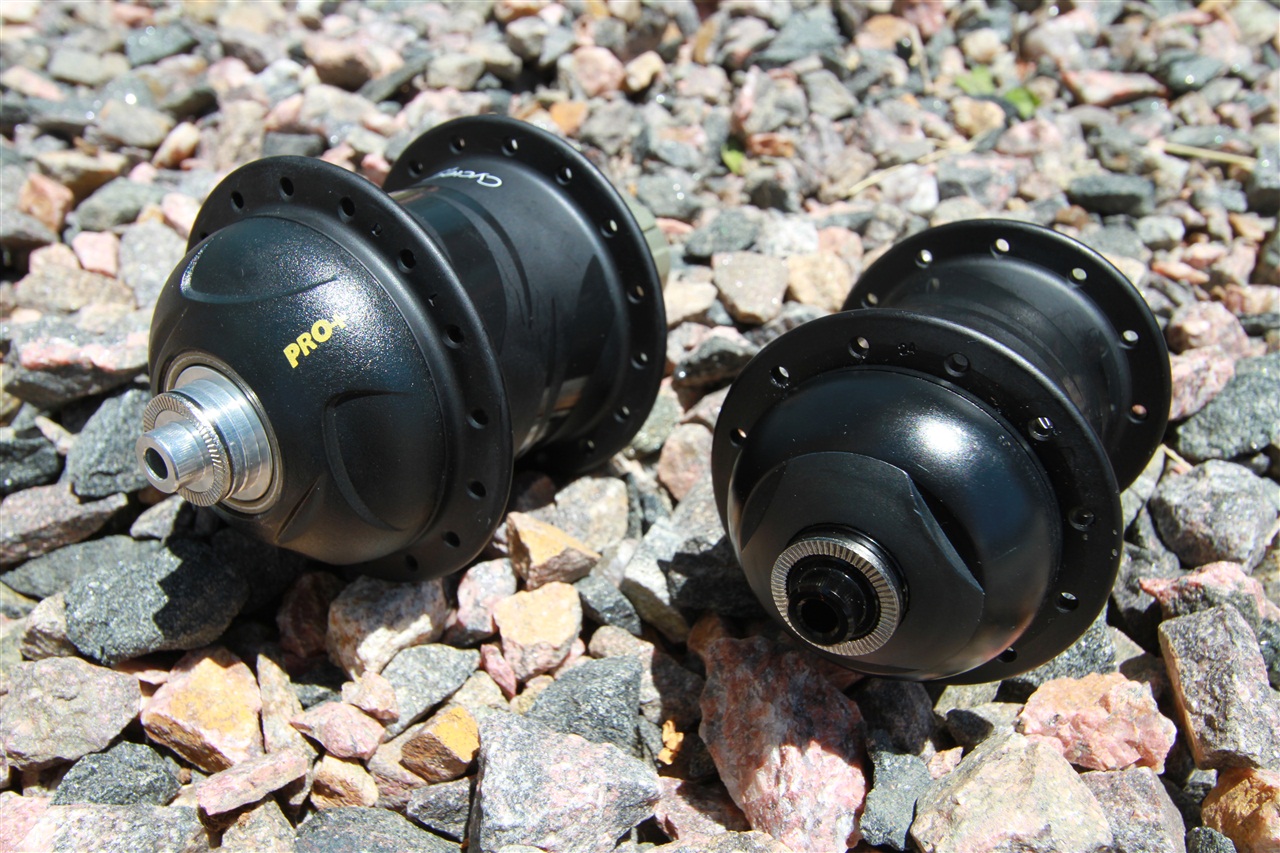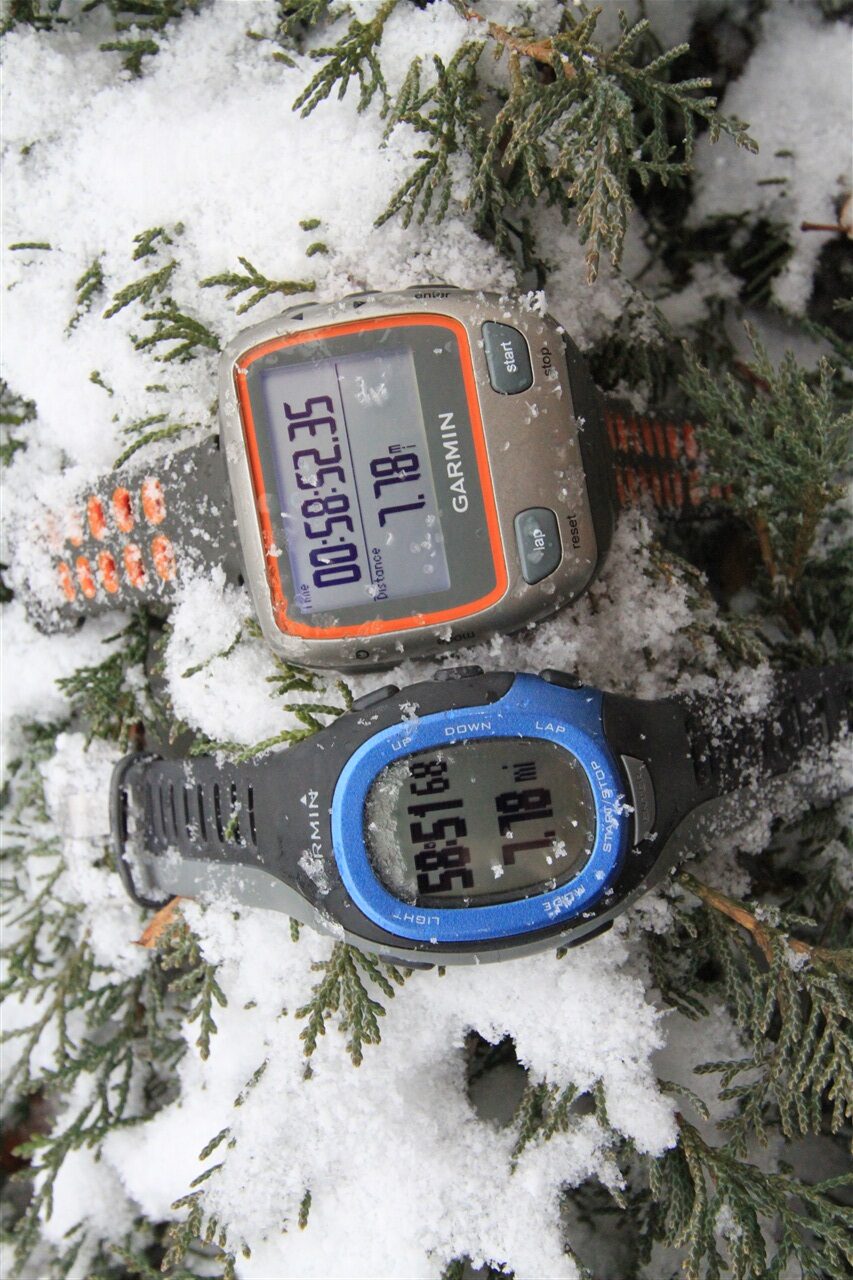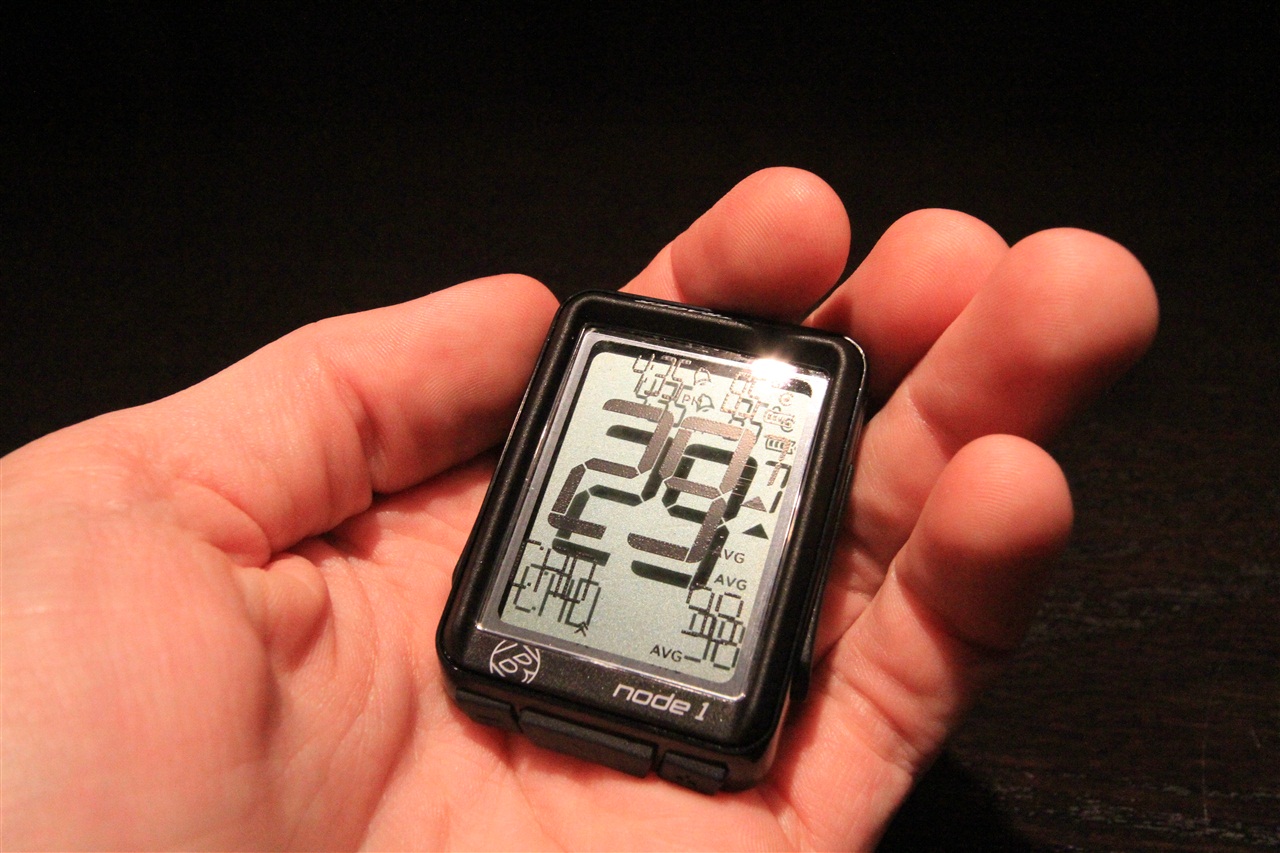Ray’s Weekly Sports Electronics Mailbag
Hello, welcome to the Weekly Mailbag. I'm Ray, from DCRainmaker. com. If you've ever searched for reviews on sports technology – you've probably come across my site. I write about my triathlon/running training in general, along with sports technology and whatever else seems interesting to me. I started the Weekly Mailbag series earlier this spring as an opportunity to share some of the answers of the many e-mailed questions I get each week.
If you enjoy what you find here, then feel free to click the links to find even more in depth information on each topic. And if you have any questions, you can always e-mail me directly. Thanks for reading!
1) Whether to buy wired PowerTap at $699 or wireless PT at $799
2) PowerTap and Cadence Information
3) Which non-GPS watch for trail running?

Question #1: Whether to buy wired PowerTap at $699 or wireless PT at $799
From Clinton-
"REI has the PowerTap wired model and a CPU for $699 currently. Will I be happy with this? I know a new setup will be coming out soon. Will I be unhappy w/o having ANT+? My bike and all the stuff that goes with it cost $1,300, so I have a hard time spending more than my bike is worth. I don't foresee buying race wheels."
What do your timelines look like? I'd actually consider waiting – despite how good of a deal it is. Given the updated PowerTap Pro Hub (which is wireless), will be dropping down in price to $799 any day now (scheduled for August 2011), I think that positions you far better for the future. First, it's an updated hub, which while not entirely brand new – it does contain a few mods. Further, it becomes the cheapest ANT+ direct force power meter on the market. I really do think that going with an ANT+ unit is the way to go here, as opposed to the wired unit – it gives you so much flexibility and really sets you up for using any head unit you want down the read. I think for $100 difference in price you might be kicking yourself a few years from now otherwise.
Now, it is true that you're going to have to spend money on a head unit since the REI deal has them included at $699 – but I really think it's worth it to go wireless. And it's also true that the above deal comes with a rear wheel, but you may already have one anyway to get it installed in.
As far as other units go in that price range – you've got the iBike which is cheaper, but not direct force. And then you have the Garmin Vector that may be in that price range. I suspect it'll be sub-$1000, but no pricing information has been released. In my discussions with Garmin a week and a half ago they didn't clarify if Vector pricing would be released at EuroBike/Interbike, but that might be worth waiting for. EuroBike starts August 31st. But even if it's announced there from a pricing standpoint, don't expect availability until at least November+, which means that the PowerTap Pro at $799 really is your best bet for a unit in the near term.
Question #2: PowerTap and Cadence Information
From Nick-
"I wanted to shoot a quick question by you, and see if you know the answer. A PowerTap can "figure out" what my cadence is by guessing mathematically, and it mostly works ok. I know that the PowerTap also uses cadence to calculate watts. I'm not sure if this is done in the hub, or at the head unit. Probably at the head unit. So here is the question. If I'm using an ANT+ PowerTap, along with an ANT+ speed/cadence sensor (such as the GSC10), will my cadence and power output readings be more accurate?"
Like the Quarq, SRM, and all current reliable powermeters, the PowerTap uses strain gauges to measure torque, which in turn is used to derive wattage by multiplying it by angular velocity. For a crank-based powermeter like a Quarq, angular velocity is crank cadence, which is why those units require a cadence magnet. In the case of the PowerTap, there is no reliance on the estimated crank cadence information from the hub, because the relevant angular velocity is wheel speed; so it's the "cadence" of the wheel that a PowerTap uses to calculate power. It actually derives estimated crank cadence from the pulse-pulse-pulse application of power that is representative of how a two-legged person pushes on the pedals, but that cadence has no bearing on how it calculates power. To summarize, a Quarq or SRM measures power by P = Crank_torque*crank_cadence; a PowerTap measures power by P = hub_torque*wheel_cadence (aka how many RPMs your wheel is spinning at).
Since the power derived comes straight from the PowerTap unit itself, no further guessing is done at the head unit level beyond including calibration information. However, adding the GSC10 would increase your cadence accuracy, particularly in cases where you transition quickly from high cadence to low cadence. I prefer the GSC-10 from a cadence drill standpoint due to the fast reaction times compared to the internal cadence data offered by the PowerTap. For regular day to day riding however, I don't see any significant reason to use a GSC-10 for cadence.

Question #3: Which non-GPS watch for trail running?
From Russell-
"I am a 30 plus year runner (48 yrs old)…who has stopped running on pavement about 2 years ago and now run exclusively on trails and is training for a 50 miler. Long story short…just got the Nike+ GPS watch and getting really frustrated by the fact that although it is supposed to last 9 hrs or so for GPS mode, but I am finding it using up to 3/4 of its battery after a 4 hour run. Thus, I may give it up and go to a non-GPS watch. Can you please tell me which non-gps watch is best way to go for tracking mileage/pace?"
XXXXFR60XXXXPic
On the non-GPS side the best one without question is the Garmin FR60. One of my favorite watches due to it's advanced capabilities and complete waterproofing to scuba diving depths. Battery lasts a year, so there's no issues at all with having to recharge it. While it of course won't track your GPS path, it does track pace and distance (and cadence) quite accurately. The only catch though with it for trail running is that it won't gather altitude information (elevation), so keep that in mind.
On the GPS offerings though, the Garmin FR310XT does last 18-20 hours – and is the best all around option there in that category. It would track elevation using GPS derived altitude, and then offer the ability to do elevation correction afterwards on sites like Garmin Connect.
But, the FR60 is rather surprisingly accurate, especially if you calibrate the footpod correctly. I've gone on interval runs in the snow and had it line up exactly the same as a GPS watch on the other wrist. Here's more information on the footpod aspects as well. All in, I've yet to hear from a single person who was upset with the FR60…especially since it only costs $90 for the watch and about $45 for the footpod.
Finally, you can also look at many of the different Polar running watches that can track speed and distance, especially ones like the Polar RCX5 that can then crossover and gather GPS data instead. Though, for the money you're looking at closer to 4 times as much as the FR-60 if you don't really want GPS data.
Recent Mailbags:
Weekly Mailbag – Aug 2nd, 2011
– The watch vibration feature: Worth it or not?
– Is the Bontrager Node 1 ANT+ cycling computer good for commuting?
– How to downgrade your FR310XT firmware (and other Garmin watches)
– When will the next Garmin Forerunner watch be released?
Weekly Mailbag – July 22nd, 2011
– Cable Charging Mashup
– Power Meter Head Unit Options
– Best Triathlon Watch Bang for Buck
Weekly Mailbag – June 10th, 2011
– How to create mile alerts w/o using auto-lap?
– Wearing heart hate strap during races
– HTC Android Phones that have ANT+ Capabilities?
– Garmin Forerunner 310XT new power meter firmware updates
You can find all past Slowtwitch Mailbags here, and all prior ones here.
[Editor's note: our capable editor-at-large for electronics Ray Maker is the publisher of the online sports tech blog DC Rainmaker, one of the top-ranked sites by Google for extremely in-depth reviews of advanced GPS and Heart Rate Monitors for triathlon, cycling, and running.]


